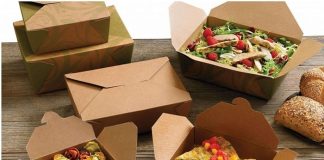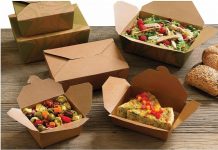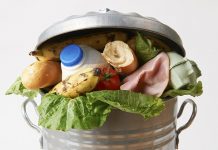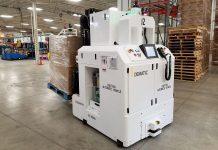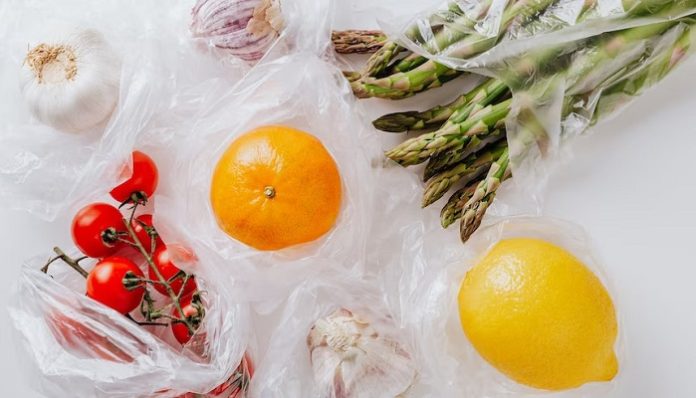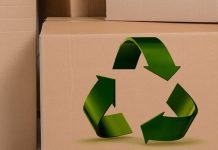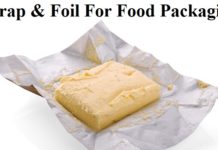The overripe bananas sitting on your kitchen counter could potentially be transformed into the eco-friendly packaging that encases your next fresh salad. Scientists have recently discovered a method to divert food waste from ending up in landfills and, instead, convert it into biodegradable plastic wraps and cellophanes.
It’s worth noting that food waste contributes to approximately 3 percent of the country’s annual greenhouse gas emissions and results in the wastage of over 6 trillion liters of water, equivalent to emptying 1,000 Olympic-sized swimming pools, requiring a mere 2.5 billion liters of water.
In Australia alone, nearly 8 million tons of food, valued at approximately $40 billion, go to waste each year due to losses in on-farm and supply chain processes, as well as in restaurants and supermarkets. However, households are the leading contributors to food waste, discarding roughly one-third of all organic refuse.
Researchers, who are dedicated to addressing this issue, emphasize the importance of improved packaging and more accurate use-by-date labeling to reduce food waste.
To tackle the problem of food waste, Food Innovation Australia’s national food waste strategy advocates for a combination of changes in consumer behavior and advancements in packaging technology. Recommendations include better portioning and enhanced food date labeling.
According to Stop Food Waste Australia, approximately half of all food waste comprises fresh produce. The partnership is committed to enhancing packaging and product labeling and exploring ways to repurpose surplus food and food processing byproducts into new upcycled food items and ingredients.
The Australian Fresh Produce Alliance acknowledges that while packaging can extend the shelf life of fresh food, it must simultaneously reduce packaging waste and explore the use of recycled materials in plastic packaging.
This is precisely the objective that Federation University food scientist Dylan Liu hopes to achieve by converting food waste into sustainable food packaging. At the heart of this innovation is cellulose, a plant-based fiber also found in fruits and vegetables. Dr. Liu highlights nanocellulose, a minuscule yet robust cellulose fiber ideal for food storage and the creation of transparent packaging, such as cling film.
Scientists believe that nanocellulose packaging derived from food waste could soon be available in stores. The process involves converting food waste by introducing specific microorganisms, which utilize nutrients in the food waste to generate nanocellulose material.
One of the most promising applications of this technology is smart packaging. By incorporating pH-responsive compounds into nanocellulose, a smart label can be created to monitor the shelf life of food products. Changes in food acidity will trigger a color change in the label, providing consumers with real-time information about the safety of the food they are purchasing. This innovation could potentially replace traditional use-by dates.
Dr. Liu’s unique approach, currently under peer review, stands out because it utilizes food waste, significantly reducing material costs. Moreover, it aligns with the circular economy concept by utilizing all materials generated in the process, thus minimizing secondary waste.
Nanocellulose derived from food waste is both biodegradable and versatile, with applications spanning various fields. By-products of the production process can be repurposed as liquid fertilizer and solid livestock feed. Notably, this process is energy-efficient, occurring at room temperature and taking only a few days to produce a batch of material.
While nanocellulose production isn’t a comprehensive solution to Australia’s food waste problem, it presents a promising step toward repurposing food that would otherwise go to waste. This means that major contributors to food waste could potentially become sources of innovative, sustainable food packaging.
Dr. Liu believes that a pilot trial for this technology is within reach and is actively seeking partners willing to contribute food waste for further research.



